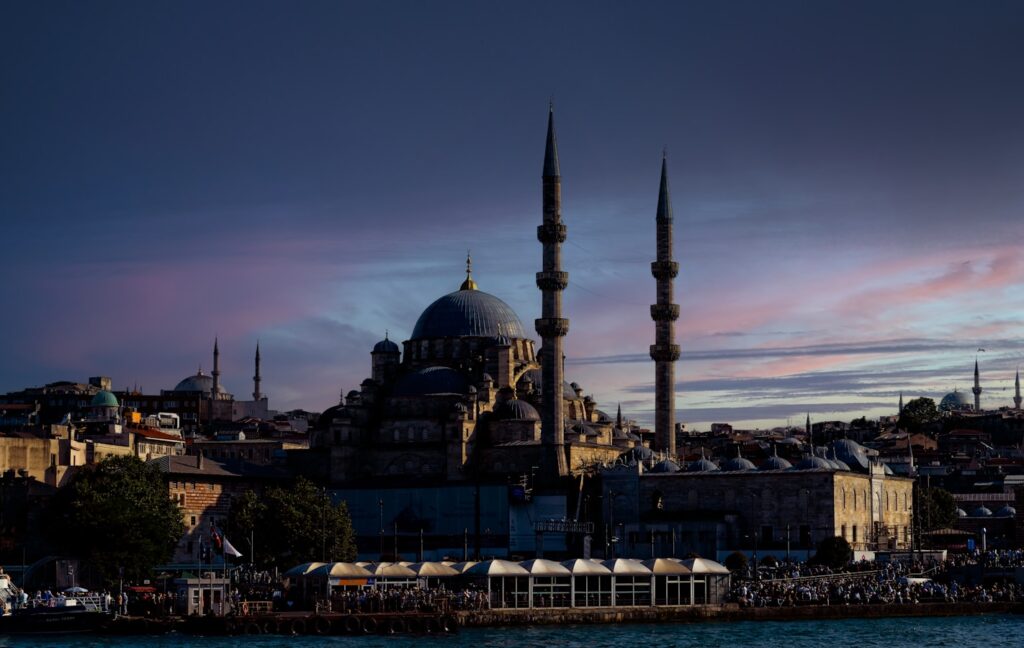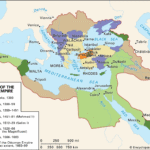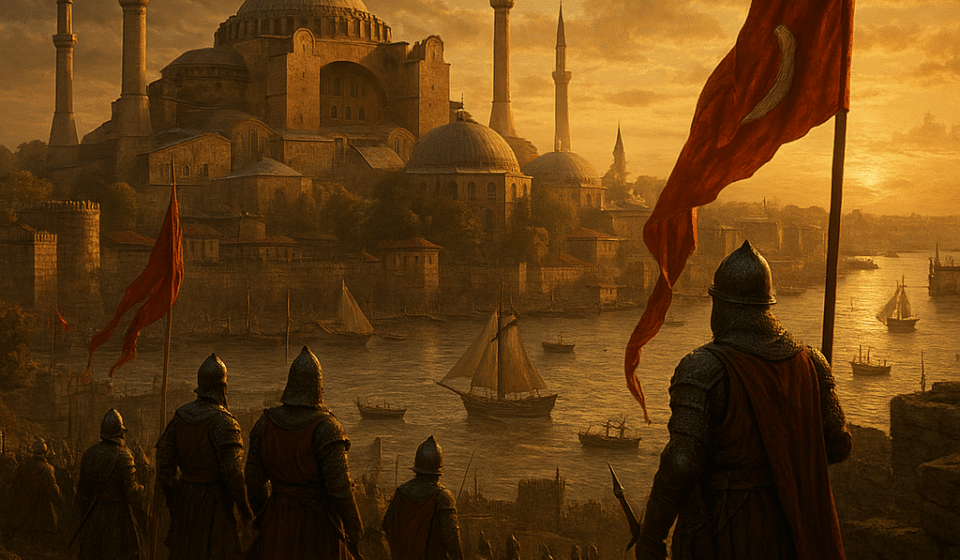
The Rise of the Ottoman Empire
Rise of the Ottoman Empire from humble frontier warriors in the late 13th century to the rulers of a vast empire by the mid-16th century is a story of ambition, strategy, and transformation that changed the map of the world.
Table Of Content
- Origins in Anatolia (Late 13th Century)
- Foundation of the Ottoman Beylik
- Geopolitical Context
- Strategies for Expansion
- Early Territorial Gains
- Expansion into the Balkans (14th Century)
- Leadership of Orhan (1324–1362)
- Early European Expansion
- Key Victories in the Balkans
- The Battle of Kosovo (1389)
- The Conquest of Constantinople (1453)
- Preparations and Strategy
- Siege and Tactics
- Fall of the City
- Significance of the Victory
- Military and Administrative Strength
- Elite Military Organization
- Use of Advanced Military Technology
- Administrative Flexibility
- The Millet System
- Balance of Central Authority and Local Autonomy
- Height of Power under Suleiman the Magnificent (16th Century)
- Territorial Zenith
- Military Conquests
- Legal and Administrative Reforms
- Architectural and Cultural Flourishing
- Legacy
- Conclusion
- Related Posts
Spanning centuries and continents, this empire was among history’s longest-lasting and most influential. It began as a small Anatolian beylik and grew into a vast, multi-ethnic, and multi-religious state.
It spanned three continents—Europe, Asia, and Africa—each offering strategic control over vital trade routes, cultural exchanges, and political influence.
This rise from obscurity to dominance was a period that reshaped regional and global trade routes, diplomacy, and cultural exchanges between the late 13th and mid-16th centuries, shaped by strategic leadership, military innovation, and adaptability.
Origins in Anatolia (Late 13th Century)
Foundation of the Ottoman Beylik
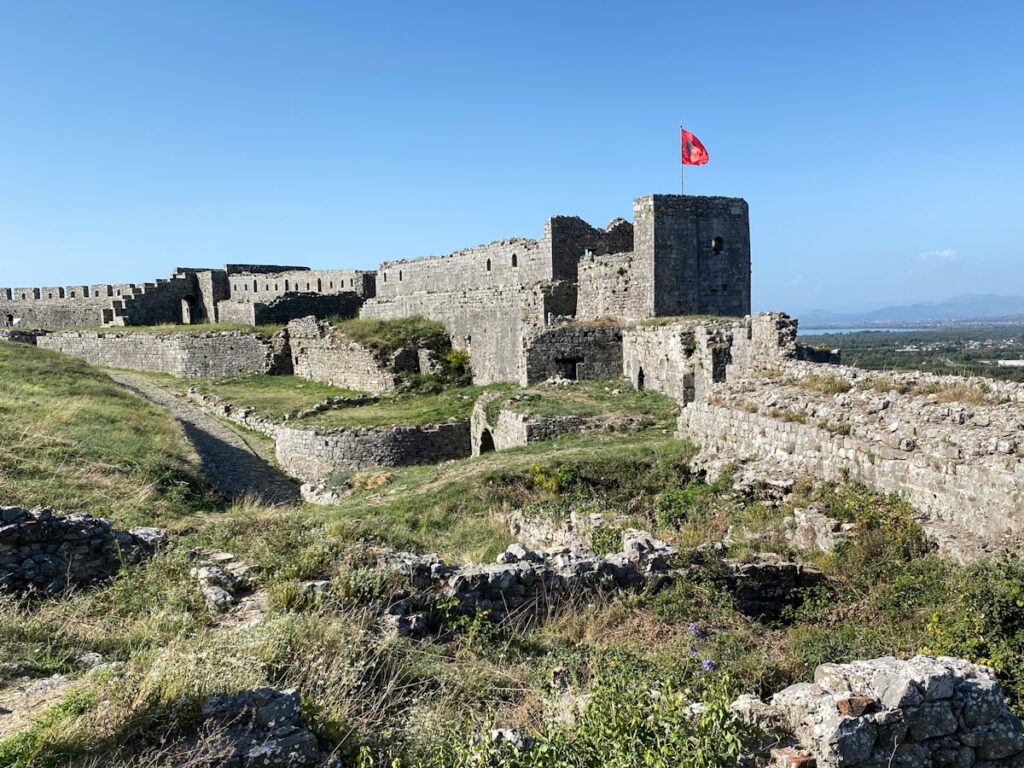
The Ottoman dynasty was founded by Osman I around 1299 in northwestern Anatolia, near the Byzantine frontier. Osman, a tribal leader of Turkic origin, sought to consolidate his power by uniting local clans under his leadership.
Geopolitical Context
This foundational moment marked the earliest phase in the rise of the Ottoman Empire.
At this time, the Seljuk Sultanate of Rum was in decline due to Mongol invasions and internal strife, while the Byzantine Empire was weakened by centuries of warfare and civil conflict. This instability created opportunities for emerging powers.
Strategies for Expansion
Osman and his successors skillfully expanded their territory through both diplomacy—forming alliances with neighboring beyliks—and warfare, targeting strategically important towns and fortresses. The region’s fragmented political landscape allowed them to assert influence rapidly.
Early Territorial Gains
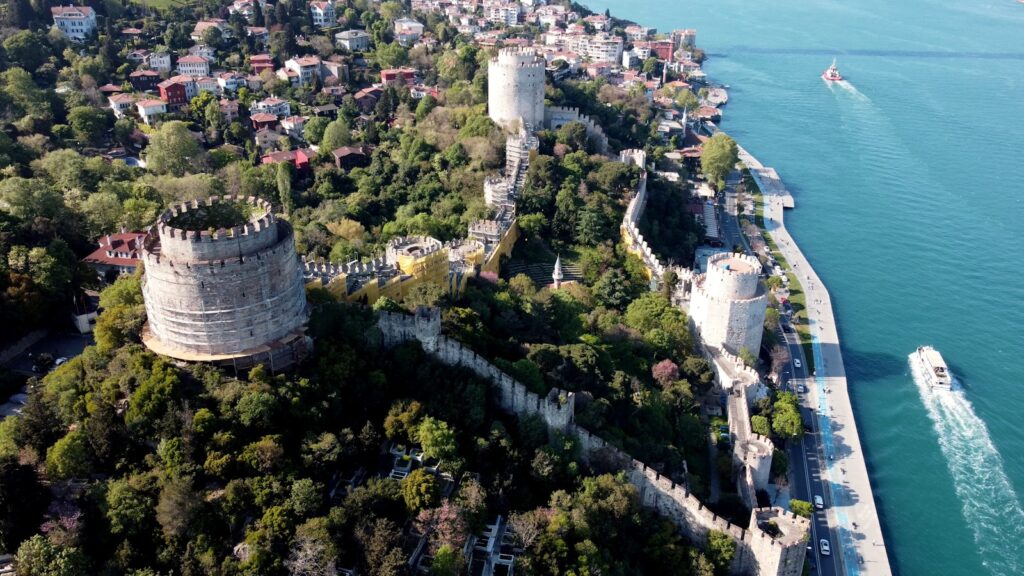
Initial conquests included key settlements in northwestern Anatolia, which provided resources, manpower, and strategic depth. These early victories laid the groundwork for future expansion into Europe and beyond. These victories were crucial milestones in the rise of the Ottoman Empire.
Expansion into the Balkans (14th Century)
Leadership of Orhan (1324–1362)
The reign of Orhan marked significant territorial gains, including the capture of Bursa in 1326, which became the first Ottoman capital and a center for administration and commerce.
Early European Expansion
Under Murad I, the Ottomans strategically crossed into Europe via the Gallipoli Peninsula, capitalizing on internal conflicts among Balkan states to secure territory and influence.
Key Victories in the Balkans
Through a series of campaigns, the Ottomans defeated Serbian, Bulgarian, and other regional forces, consolidating their control. These victories opened the path for deeper penetration into Europe. Each of
these victories played a key role in the rise of the Ottoman Empire.
The Battle of Kosovo (1389)
The Battle of Kosovo was a decisive moment, solidifying Ottoman presence in the Balkans. Although Sultan Murad I was killed during the battle, the outcome ensured the continuation of Ottoman dominance in the region and discouraged organized resistance for decades. This turning point was vital in the rise of the Ottoman Empire.
The Conquest of Constantinople (1453)
Preparations and Strategy
Perhaps the most iconic event in Ottoman history, the conquest of Constantinople by Mehmed II (Mehmed the Conqueror) in 1453 was the culmination of meticulous planning. Mehmed strengthened the navy, constructed the massive fortress of Rumeli Hisarı to control the Bosporus, and assembled one of the largest armies of the era.
Siege and Tactics
The siege began in April 1453, with the Ottomans employing advanced siege artillery, including massive cannons capable of breaching the ancient Theodosian Walls. Naval blockades cut off supplies, and relentless assaults wore down the city’s defenders.
Fall of the City
On May 29, 1453, after 53 days of siege, Ottoman forces breached the walls, ending the Byzantine Empire and capturing the city. The transformation of Constantinople into Istanbul marked a new era for the Ottomans.
Significance of the Victory
This triumph not only gave the Ottomans control of a strategic trade and cultural hub but also solidified their position as a major power bridging Europe and Asia. It symbolized the shift from medieval to early modern geopolitics and established Istanbul as the heart of the empire.
Military and Administrative Strength
Elite Military Organization
The Ottomans’ rise was supported by a highly organized military system. At its core was the elite Janissary corps—infantry troops recruited through the devshirme system from Christian communities, trained rigorously, and loyal directly to the sultan.
Use of Advanced Military Technology
Ottoman forces incorporated gunpowder weapons, siege artillery, and naval power early on, giving them an edge over many regional rivals. Their disciplined formations and innovative tactics contributed to battlefield successes.
Administrative Flexibility
A flexible administrative structure allowed the integration of diverse peoples and religions across the empire’s territories. Local governance often remained in the hands of regional leaders, under Ottoman oversight.
The Millet System
The millet system granted religious communities—such as Orthodox Christians, Armenians, and Jews—a degree of autonomy in legal, religious, and educational matters. This arrangement fostered loyalty among conquered populations and minimized resistance.
Balance of Central Authority and Local Autonomy
By balancing strong central authority with respect for local traditions, the Ottomans maintained stability and ensured efficient tax collection, military recruitment, and social order across their vast empire.
Height of Power under Suleiman the Magnificent (16th Century)
Territorial Zenith
By the mid-16th century, under Sultan Suleiman the Magnificent, the Ottoman Empire reached its greatest territorial extent, stretching from Hungary to the Persian Gulf, and from North Africa to the Arabian Peninsula.
Military Conquests
Suleiman led successful campaigns in Europe, capturing Belgrade (1521), winning the Battle of Mohács (1526), and advancing deep into Hungary. In the east, he secured victories against the Safavids, while his naval forces dominated the Mediterranean, Red Sea, and Persian Gulf.
Legal and Administrative Reforms
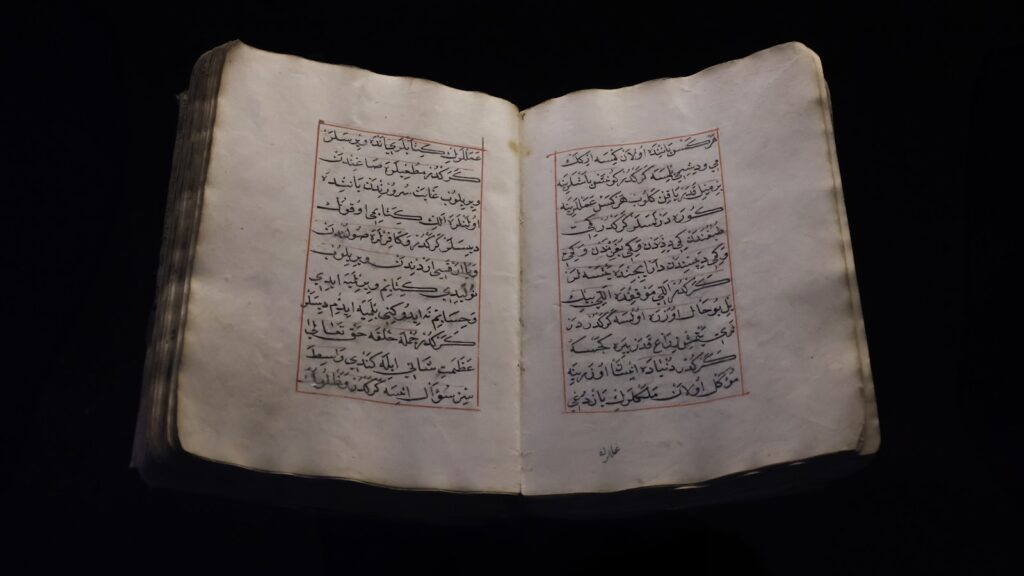
Known as “Kanuni” (the Lawgiver), Suleiman restructured and codified laws to harmonize Islamic Sharia with customary practices. These reforms strengthened justice, centralized administration, and improved governance.
Architectural and Cultural Flourishing
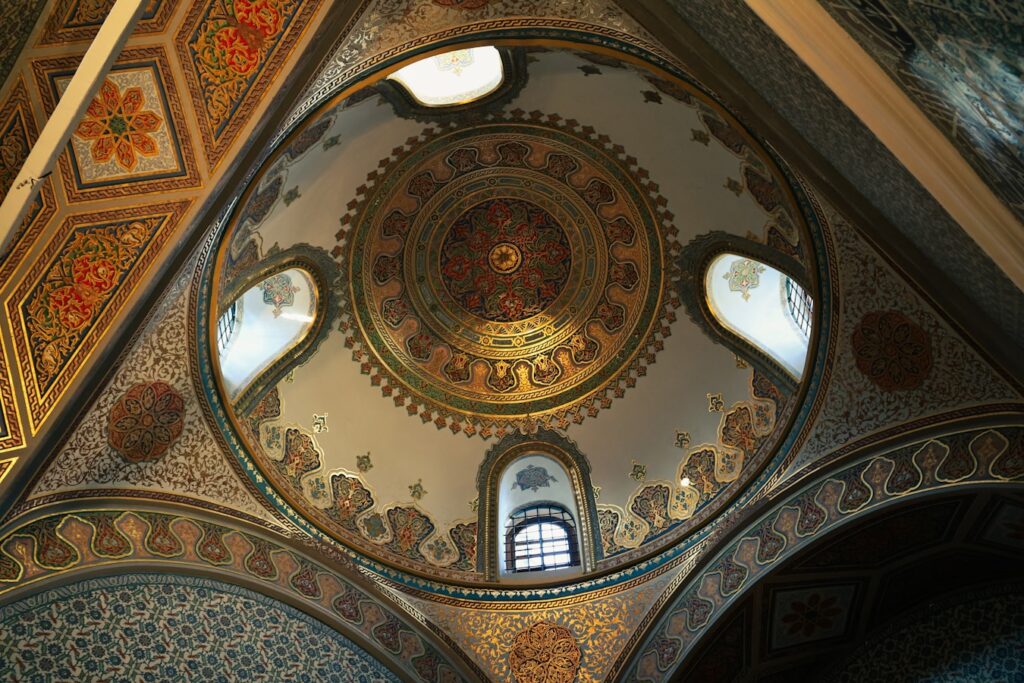
Under his patronage, the empire experienced a golden age of architecture, with monumental works by renowned architects such as Mimar Sinan, Davud Agha, and Mehmed Agha.
Sinan’s masterpieces, including the Süleymaniye Mosque and the Selimiye Mosque, showcased engineering brilliance and aesthetic harmony.
Davud Agha contributed to major palace and mosque projects, leaving his mark on the imperial skyline.
Mehmed Agha is celebrated for designing the iconic Blue Mosque, a symbol of Istanbul’s architectural beauty.
During this era, arts, literature, and craftsmanship flourished, reflecting a synthesis of diverse cultural influences and solidifying the empire’s architectural legacy.
Legacy

Suleiman’s reign left a lasting legacy of military power, legal integrity, and cultural achievement. His military campaigns not only secured vast territories but also ensured control over crucial trade routes. His legal reforms shaped the empire’s governance for generations.
His cultural patronage fostered an artistic and architectural heritage that endures in landmarks like the Süleymaniye Mosque. This era marked the pinnacle of Ottoman political dominance and cultural influence, serving as a model of imperial grandeur in the early modern world.
Conclusion
The rise of the Ottoman Empire was not a sudden phenomenon but a gradual process built on strategic expansion, political pragmatism, and cultural adaptability. From its modest beginnings in Anatolia, it grew into a superpower that would influence the course of history for over six centuries.
This remarkable rise of the Ottoman Empire showcases how vision, resilience, and adaptability can transform a small frontier beylik into a world empire; understanding the rise of the Ottoman Empire ffers timeless lessons in leadership and strategic growth
Ultimately, the rise of the Ottoman Empire stands as one of history’s most remarkable political transformation. For historians and enthusiasts, the rise of the Ottoman Empire remains a compelling narrative of transformation. The enduring significance of the rise of the Ottoman Empire cannot be overstated.As we trace the rise of the Ottoman Empire, we witness how a modest principality transformed into a global power.Thus, the rise of the Ottoman Empire exemplifies the dynamic nature of historical change.Scholars continue to analyze the rise of the Ottoman Empire for insights into statecraft and empire building.
